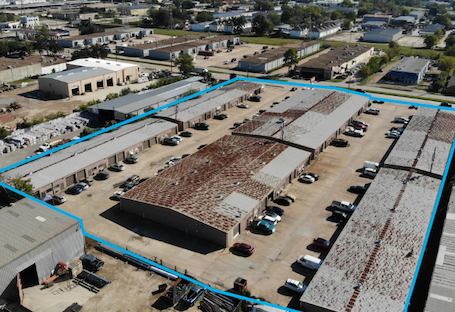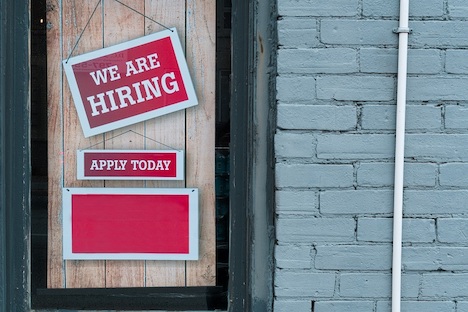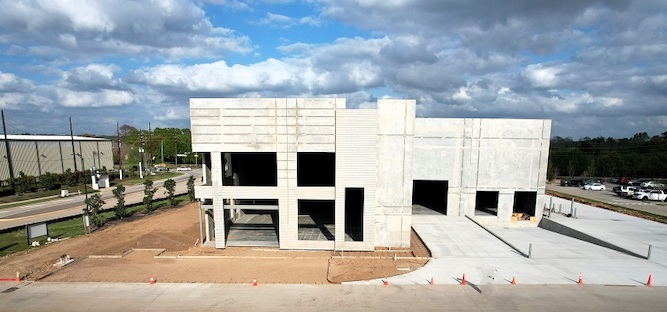Many economic reports in March came in stronger than expected, justifying the Fed’s current stance of being patient in making the decision to lower interest rates. Despite the downward trend in inflation readings since June 2022, the “last mile” in getting inflation down to the Fed’s 2% target is proving to be more challenging.
The ongoing resilience of the economy causes the Fed to be less concerned about the lagged impact of the tightening of the past two years, and more focused on the potential impact of lowering rates too soon.
Inflation and consumer spending
The February Core Consumer Price Index (CPI) increased 0.4% for the second month in a row. Although the year-over-year core CPI edged down to 3.8% from 3.9%, the three-month annualized rate has accelerated to 4.2%. The headline CPI also increased 0.4% for the month, causing its year-over-year growth rate to increase from 3.1% to 3.2%.
The Fed’s preferred measure for inflation, the core Personal Consumption Expenditure Index (PCE), recorded a 0.3% increase in February and remained at 2.8% year-over-year. It should be noted that inflation indices often show stronger readings at the beginning of the year due to many price adjustments that occur at the outset of a new year.
As for the consumer, despite a weaker than expected retail sales report, overall consumer spending was stronger than anticipated in February, driven by spending on services. The increase in spending occurred even though inflation-adjusted disposable personal income declined in February after a flat reading in January. With spending up and income down, personal savings declined to the lowest level since December 2022.
Economic indicators and GDP
The leading economic indicators (LEI) ticked higher in February following 23 consecutive months of decline. Further improvement in the LEI is needed to confirm that the economy is poised to re-accelerate, but at least this suggests that most of the factors that have been cited as holding back economic growth are stabilizing. The biggest positive contributor to the LEI was the improvement in the length of the average workweek, while the biggest negative contributor was interest rates.
Improvement was also seen in the manufacturing sector via the ISM survey for March. That index moved above the neutral level of 50 for the first time since September 2022. The Production, New Orders, and Employment components provided much of the strength for the overall survey. Expectations for stronger demand and low customer inventory levels suggest support for future production.
The final reading on real GDP in fourth quarter 2023 was revised up to 3.4% from 3.2%. Stronger consumer spending and business investment were drivers of the upward revision. Nominal corporate profits in fourth quarter 2023 were up 4.1% during the quarter and up 5.1% year-over-year.
The labor market
The March employment report provided further evidence of the strength of the labor market. Non-farm payrolls in the establishment survey rose 303,000 – the largest gain since May 2023 – and the household survey showed an increase of 498,000 jobs. The unemployment rate dropped back to 3.8% from 3.9%, the growth rate of average hourly earnings declined from 4.3% to 4.1% which was the weakest growth since June 2021, and the average weekly hours worked ticked higher.
In a separate report, the National Federation of Independent Business (NFIB) said that the net percent of firms planning to raise worker compensation decreased from 26% to 19%, not only fully reversing the jump in compensation plans that occurred in late 2023 but also hitting its lowest level since March 2021.
It is interesting to note that over the last 12 months, 1,347,000 full-time jobs have been lost while 1,888,000 part-time jobs have been added. Consequently, on a net basis, the yearly gain in jobs has come from part-time employment. Multiple job holders have increased by 492,000.
Interest rate expectations
As expected, at their mid-March meeting the Federal Open Market Committee (FOMC) kept the target range for the Fed Funds rate at 5.25% to 5.50%. Their official statement following the meeting said that they don’t “expect it will be appropriate to reduce the target range until it has gained greater confidence that inflation is moving sustainably toward 2.0%.”
Of particular interest was the economic projections that the FOMC updates on a quarterly basis. The median projection for real GDP growth (from fourth quarter 2023 to fourth quarter 2024) was revised up to 2.1% from 1.4%. The median projection for core PCE inflation in fourth quarter 2024 was revised up to 2.6% from 2.4%.
On the topic of interest rate cuts, the median forecast of the 19 members was for three interest rate cuts this year. Interestingly, 10 members forecast three or more cuts, while nine members forecast two or fewer cuts. In other words, although the median projection came out as three cuts, it was a close call that could have been changed by the forecast of a single committee member.
Undoubtedly, the Fed is leaning towards cutting rates this year at some point. However, the stickiness of inflation in some categories along with the strength of the labor market is causing them to be patient. The recent rebound in some economic metrics has reduced the urgency of a near-term interest rate cut. Further evidence that inflation is moving sustainably toward their target of 2.0%, along with the continued rebalancing of supply and demand in the labor market, will be necessary for the FOMC members to have the confidence to make the initial cut in rates. Markets have moved expectations for the timing of the first interest rate cut to July.









